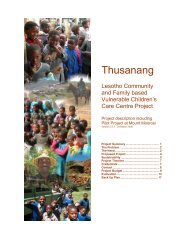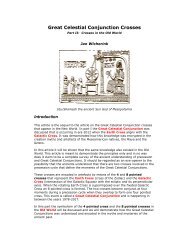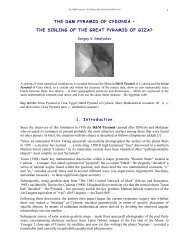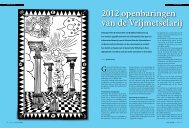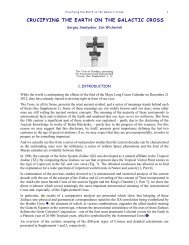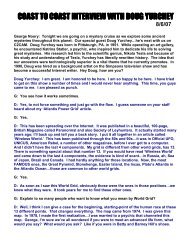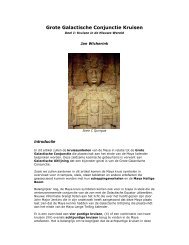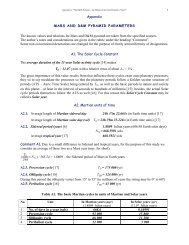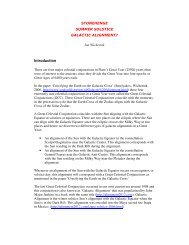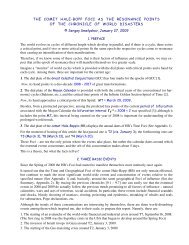Get a FREE Sampler PDF - Atlantis Rising Magazine
Get a FREE Sampler PDF - Atlantis Rising Magazine
Get a FREE Sampler PDF - Atlantis Rising Magazine
You also want an ePaper? Increase the reach of your titles
YUMPU automatically turns print PDFs into web optimized ePapers that Google loves.
THE SPACE<br />
ARCHAEOLOGISTS<br />
T<br />
NASA’s Aster satellite images EGYPT in 15 different wavelengths. The data<br />
is processed so that fields are red, cities blue and ancient ruins are green.<br />
(Photo: NASA/JPL/University of Sydney)<br />
he advances of civilization have been<br />
compared to climbing a mountain. As we<br />
reach new heights, we are able for the first<br />
time to see the long path we have travelled<br />
stretched out beneath us, and with the advantage<br />
of altitude we can see where we have<br />
gone right and where we have gone wrong.<br />
Moreover, we can see patterns in our<br />
progress of which we might have been unaware<br />
at the time we passed through. While<br />
that notion may seen to be strictly metaphorical,<br />
a new breed of archaeologist is literally<br />
taking the concept to new heights these<br />
days...like to outer space.<br />
According to popsci.com the web site of<br />
Popular Science <strong>Magazine</strong>, the new archaeologists<br />
are carrying out their researches<br />
without getting their hands dirty, learning<br />
more from above the atmosphere than from<br />
the bottom of any dig. In a piece called<br />
“Space Archaeologists” writer Mara Hvistendahl<br />
details the work of Damian Evans and<br />
Bill Saturno who, with the help of radar im-<br />
orkers in Pretoria, South<br />
Africa, have unearthed<br />
stone tools said to date back<br />
100,000 years. The artifacts<br />
turned up in a swimming pool<br />
excavation and included a<br />
number of flaked cutting tools<br />
believed to have been used to extract<br />
marrow from bones. There<br />
was also a stone which had been<br />
brought in from another area,<br />
considered an unmistakable sign<br />
of human activity.<br />
Dr. Francis Thackeray, director<br />
of the Transvaal Museum,<br />
aging satellites, have uncovered many previously<br />
undiscovered details to Cambodia’s<br />
great temple complex at Angkor Wat. Thanks<br />
to such techniques scientists are unearthing<br />
whole civilizations and rewriting history<br />
books. In issue #70 of A.R., Frank Joseph<br />
told of how satellite imagery was used to locate<br />
Ubar, a.k.a. “The <strong>Atlantis</strong> of the Sands,”<br />
on the Arabian peninsula. Similar stories are<br />
coming from Mexico, South America and<br />
every corner of the world.<br />
For many readers of this magazine, eager<br />
for the discovery of a lost prediluvian civilization,<br />
such research appears very promising<br />
indeed. The ability to see what lies beneath<br />
the oceans is constantly improving. For<br />
those who would like to see some of the remarkable<br />
anomalies that are, at last, rising<br />
to the surface, visit the web site satellitediscoveries.com<br />
where publicly released satellite<br />
imagery reveals many remarkable and<br />
previously unrecognized features of our<br />
planet.<br />
100,000-Year-Old Tools Found<br />
W<br />
Bones in<br />
Sterkfontein<br />
Cave<br />
told reporters visiting the site<br />
that the tools were similar to<br />
ones he himself had turned up<br />
at other sites such as Kromdraai<br />
in the Sterkfontein valley, the<br />
region which, according to conventional<br />
anthropology, is the<br />
cradle of humanity.<br />
For another take on the artifacts<br />
from Sterkfontein cave see<br />
Michael Cremo’s Forbidden<br />
Archaeologist column in A.R.<br />
#59, “Sterkfontein: Cradle of<br />
Humanity or of Lies?”<br />
See Our Great 8-page Catalog Beginning on Page 74<br />
Number 71 • ATLANTIS RISING 11



